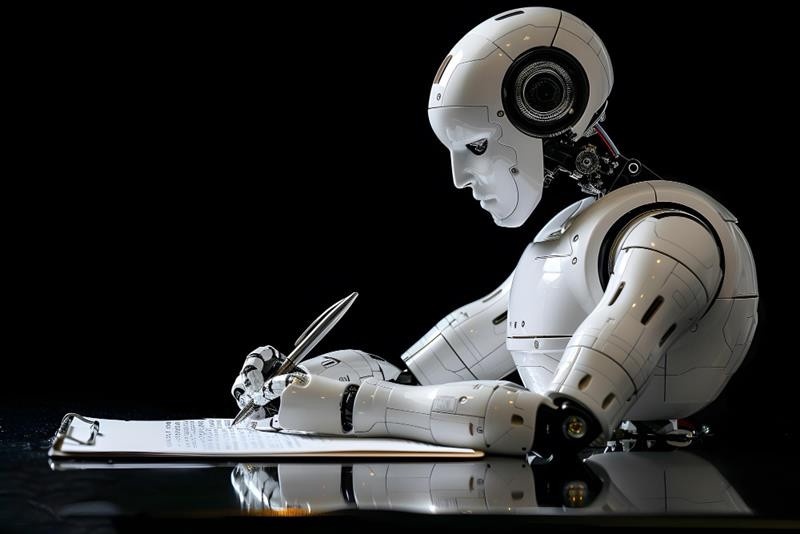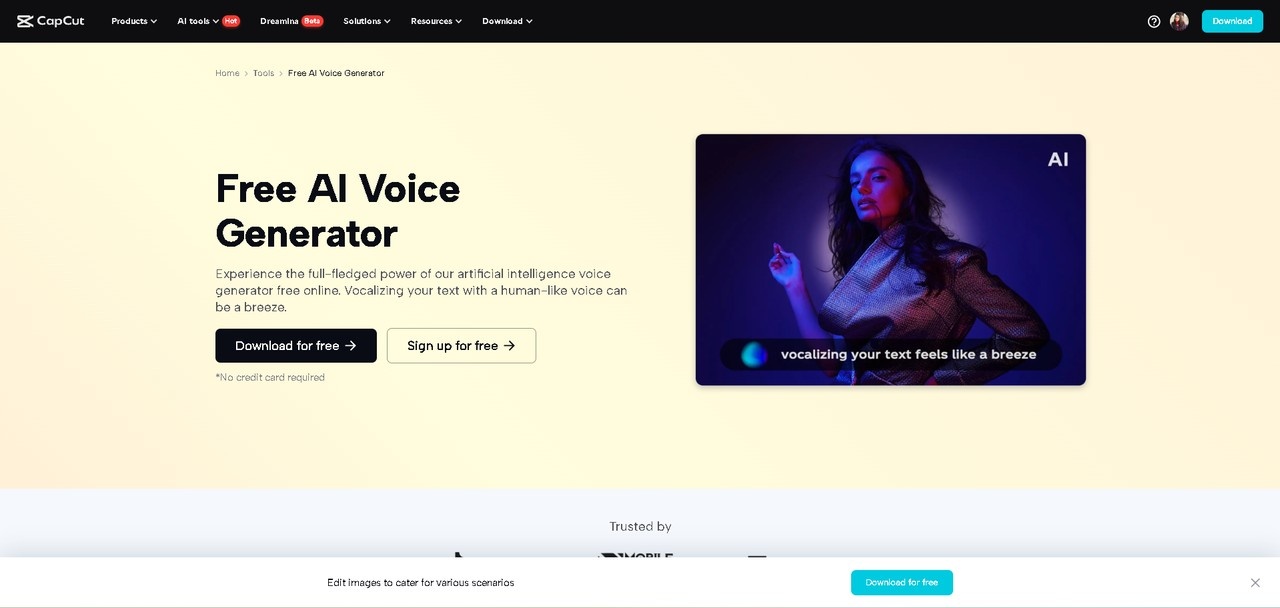How to Define AI Writing: A Guide for Readers, Educators, and Creators
This article looks at how AI is becoming more important in making and using content. It describes what AI writing is, points out the main differences between AI-generated and human-written content, and talks about why its vital for teachers, readers, and producers to know these differences. The essay also talks about how to tell if something was written by AI and what the future of AI-assisted content might look like.
AI has had a massive impact on how people consume, create, and interact with content. Some people use AI tools to generate ideas and research. In other instances, people have utilized AI to summarize lengthy articles.
But with this new wave of AI-generated content comes a crucial question: how do we define AI writing?
Whether you are a teacher, reader, or content creator, knowing how to spot AI writing is essential when exploring the internet. This guide breaks down what AI writing is, how it works, and why it matters.
What Is AI Writing?
How do you define AI writing? If writers use AI for research, can the content be classified as AI? What about those who use AI to write and then edit the articles themselves to make them more human sounding?
The questions around what can be classified as AI writing are relevant. They spark conversations about ethics, especially in journalism and the field of education.
In general, AI writing can be defined as using AI tools to create articles, reports, or other text. These tools follow prompts given by the user to write coherent, context-aware articles. AI text generators use natural language processors and years of training to ensure the content is human sounding and relevant.
AI Writing vs. Human Writing
The best way to define AI writing is by comparing it to human-written text.
There are many significant differences between the two.
Speed
AI writing assistants can write long articles complete with the necessary formatting within a few seconds. This is one area where AI writing assistants beat human writing hands down. This is why these tools have become a popular choice for content creators who want to write multiple long-format articles daily.
Source
AI tools rely on learned patterns to generate content. This often makes AI-generated content sound more robotic and almost like for like regardless of which tool you use. Conversely, human writing taps into experience, creativity, and personal opinions.
Uniqueness
When the question about how to define AI writing comes up, the main topic of discussion surrounds uniqueness. A lot of AI content relies on training data and often lacks originality and uniqueness.
Human-written articles feature new ideas, opinions, and perspectives. Humor and witty takes don’t feel forced in articles written by people.
Emotion
AI writing tools and assistants still struggle with adding emotion to their work. Human writing captures complex human emotions. This ability is what creates connections between the reader and the writer.
Why Defining AI Writing Matters
Most people will ask why it matters if a piece is written using AI or by people. It does, depending on which side you stand on.
Readers
Readers want to know whether the product review, news article, or novel they are reading was written using AI. It does change perspective because an AI-written product review won't have the same impact as one written by an actual buyer.
Teachers and Professors
AI threatens academic integrity, especially if it is used to complete assignments. Defining AI writing helps teachers set policies and teach their students how to leverage AI responsibly.
Writers and Content Creators
Using AI can hurt or make your brand depending on how you use it. Creators can use AI to generate ideas, research, and edit their drafts. Having guidelines can help creators use AI without blurring originality and authenticity in their work.
How to Spot AI Writing
There are easy ways to tell if content is AI written. This can be useful when researching or looking for authoritative sites to cite in your articles or reports.
Very Perfect
To err is human. AI writing tools are trained to be perfect. However, they do make logical errors that most humans don't make. The other thing is that they may include misinformation or biased info based on their training models.
Generic
Most AI tools can’t switch up their style and sentence length, like how we humans can. Most AI-written reports are bland and lack real-world experiences and specific details.
Too Much Repetition
If you prompt an AI assistant to write a long-format article, chances are that certain sentence structures or phrases will be repeated. The AI tool will try to hit the word target even if some of the information in the article isn't relevant.
What Does the Future Hold?
AI is here to stay, and creators must learn how to use it without compromising their content quality and originality. The technology will advance over time with more training. Its writing style will gradually become closer to ours.
Understanding how to define AI writing is critical for the future of AI and its role in content creation.
Summing up and Final Take
It's not merely a matter of semantics to define AI writing. It is about figuring out how the interaction between people and technology is changing in the digital age. As AI tools get better and easier to use, it's important to set explicit rules and criteria that assist keep all kinds of information honest, unique, and open.
This means that teachers need to make rules that encourage responsible usage of AI in the classroom. For readers, it means knowing where the information comes from and whether or not it is real. For creators, this means using AI as a tool to improve their voice and point of view, not as a crutch.
In the end, the way we define and control AI writing today will affect the future of creativity, trust, and sharing knowledge online.

Subscribe & get all related Blog notification.





Post your comment